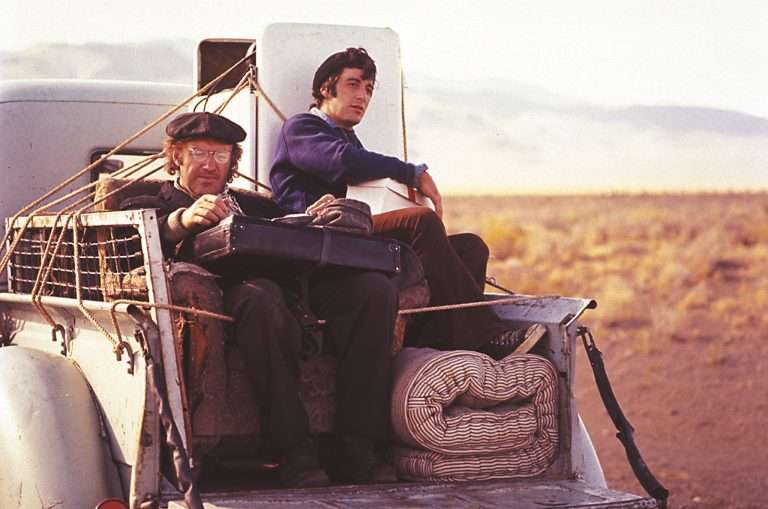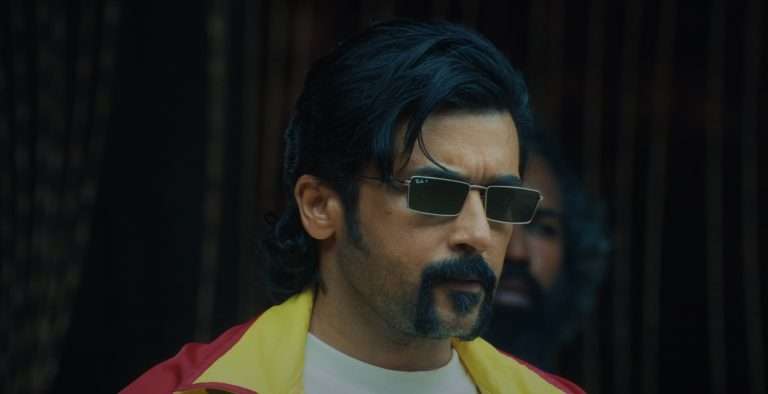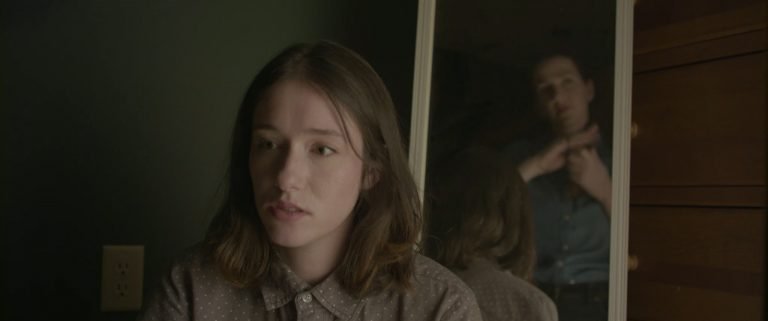During one of his interviews, Jordan Peele briefly spoke about the aches of writing a horror film. He finds it particularly difficult to convince the audience of his characters willingly putting themselves in dangerous situations, especially the kind that you see in horror films. Oftentimes, they do not use their common sense in a scary situation. After all, as humans, it’s our natural tendency to avoid trouble and protect ourselves. So, it certainly takes genuine persuasion skills to convince the audience of a character’s actions. When it comes to “The Man in the White Van,” similar questions take center stage.
Set in a small town in 1970s Florida, the film follows a family governed by traditional American values of sophistication. In this case, the family patriarch, William (Sean Astin), is not an authoritarian brute. However, as the ‘man in the house,’ he definitely makes most of the decisions for others. He benefits from the patriarchal norms even if doesn’t appear cruel on the surface. He has three children with his wife, Hellen (Ari Larter), who holds him in high regard. They both hold on to the values that any ‘ideal’ American family must have. So, it creates a perception of security from the evils of the world.
Their older daughter, Margaret (Brec Bassinger ) seems to take upon her mother’s geniality that women were expected to have, at least at the time the film is set. She talks for hours and hours with her boyfriend and considers love or romance as the goal of her life. In the presence of any guests, she becomes the ideal counterpart to her younger sister, Annie (Madison Wolfe), who is more eccentric than her. Annie also goes through her usual stages of adolescence. She falls for a boy from her class and hopes to be in a relationship with him. It plays out like the cliches we have seen in the YA films over time.
As the family maintains a jovial sense of calm and contentment, Annie faces a traumatizing situation. She notices a van following her and gets terrified out of a genuine concern. Over time, she keeps getting followed by this van. So, she expresses her concern to her parents, who choose to gloss over her fear. Instead of taking a step to ensure that she is protected, they either gaslight or ignore her. William prohibits her or her young brother from using his rifle. It leaves her to protect herself from very few devices, whether literal or otherwise.

Based on these details, the film builds a sense of suspense or paranoia through the fear of the inevitable. It gains momentum by building a conflict between trust and distrust. While she trusts her gut instinct, her parents distrust her. People stick to their usual activities of pleasure and leisure to ignore a societal anomaly. They latch on to their source of comfort and believe that their faith or family values can keep them detached from any such incident. In fact, they feel they are far removed from any evils.
The reason to reflect on these societal traits is their direct relevance to the film’s core. Why would the family not trust their daughter about her fears? Why would they not help her when they can? It is intrinsically connected to the small-town conservative mindset that chooses to slide things under the rug. However, their ignorance helps elevate the tension in the film. After all, Annie’s fear is amplified by their distrust of her sense of judgment. As a result, she feels trapped and isolated in this situation with no help coming her way. What makes her stand out is that she isn’t submissive like other girls or women that she knows.
Sharon Y. Cobb and Warren Skeels’s screenplay uses these aspects for its emotional canvas, which any horror film is driven by. After all, you want to feel the sense of dread and horror that a character faces in the film. Warren Skills uses their emotional pointers to hook us in the film’s pivotal scenes that palpably reflect Annie’s fears. They are impactful much like the well-executed scenes in similar stalker-killer dramas. There is a long scene in the second half of the film that chronicles her experience on Halloween night. Emotionally, it becomes the highlight of the film as it achieves the crescendo that this film sets out for from the beginning.
Regardless, despite being occasionally chilling, the film feels woefully pointless. Subliminally, it tries to critique the structures that let such things happen. However, there is no logical payoff that one would expect from such a film. It executes the horror genre tricks but does not nearly go to the depth of the matter. So, ultimately, its pointlessness makes it quite forgettable.









